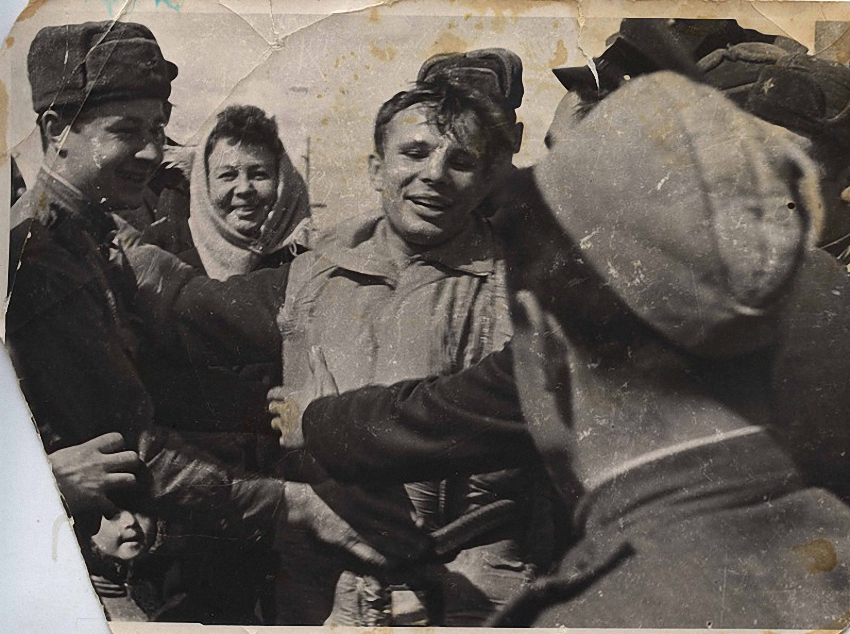Six decades after Gagarin, nostalgia—and not much else—fuels Russia in space
Ars Technica » Scientific Method 2021-04-12
-

The first photo of Yuri Gagarin after his historic spaceflight. [credit: Russian Government ]
Sixty years ago today, a single Soviet man climbed into a small spherical capsule at a secretive spaceport in modern-day Kazakhstan. A Vostok-K rocket sent the capsule, carrying Yuri Gagarin, into low orbit with an apogee of 327 km.
Gagarin would make one pass around the Earth before his spacecraft reentered the planet's atmosphere, enduring forces above 8 g. Because the Vostok capsule had no means of making a soft landing, Gagarin was ejected at 7 km above the ground and landed about 10 minutes later under his parachute. The flight lasted just 108 minutes, but Gagarin's legacy would be eternal.
Amid the Cold War between the United States and Soviet Union, the Soviets had struck a tremendous blow with this flight. Although the mission was used for propaganda purposes, in later remarks, Gagarin expressed a peaceful sentiment since repeated by subsequent generations of astronauts. "Looking at the Earth from afar, you realize it is too small for conflict and just big enough for cooperation," he said.